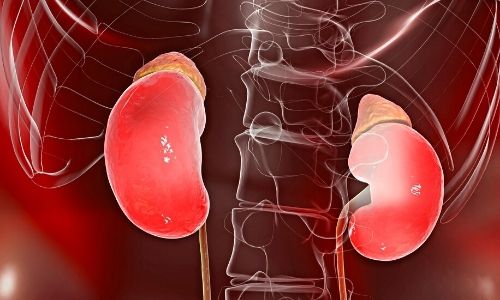Hydrocele development in newborn babies is a very common condition. However, in the case of hydrocele that does not resolve spontaneously within 1 or maximum 2 years, additional treatment methods should be sought. For this, first of all, a pediatrician and urologist should be consulted, and a coordinated diagnosis and treatment method should be developed. In the case of hydrocele observed in adults, it is necessary to consult a specialist urologist without wasting time.
Hydrocele tissue usually disappears within 6 months without treatment. However, surgical intervention is required in hydrocele structures that do not disappear. Hydrocele surgery should be applied to remove the hydrocele structure from the body, which causes more serious problems such as hernia over time.
This situation is applied under anesthesia, so the patient should not have a health problem that prevents anesthesia. Hydrocele surgery, which is completed in a short time, usually does not require hospitalization and the patient is discharged shortly after the operation. Therefore, the time to return to daily life is very short. However, regular cleaning of the area, control with dressing and drug use increase the speed of recovery.
In patients who cannot have surgery, another method called needle aspiration can be applied. In this method, the excess fluid accumulated in the organ is drained with the help of a needle.
For this, a needle is inserted into the pouch and the fluid is drained out of the body. At the same time, a special liquid is injected into the sacs to prevent fluid accumulation again. Among the most common side effects of this method are local pain and inflammation.
In summary, hydrocele is an uneventful disease in terms of both treatment and post-treatment recovery. For this reason, with the emergence of hydrocele symptoms, a specialist doctor should be consulted and one of the effective treatment methods should be started.



















